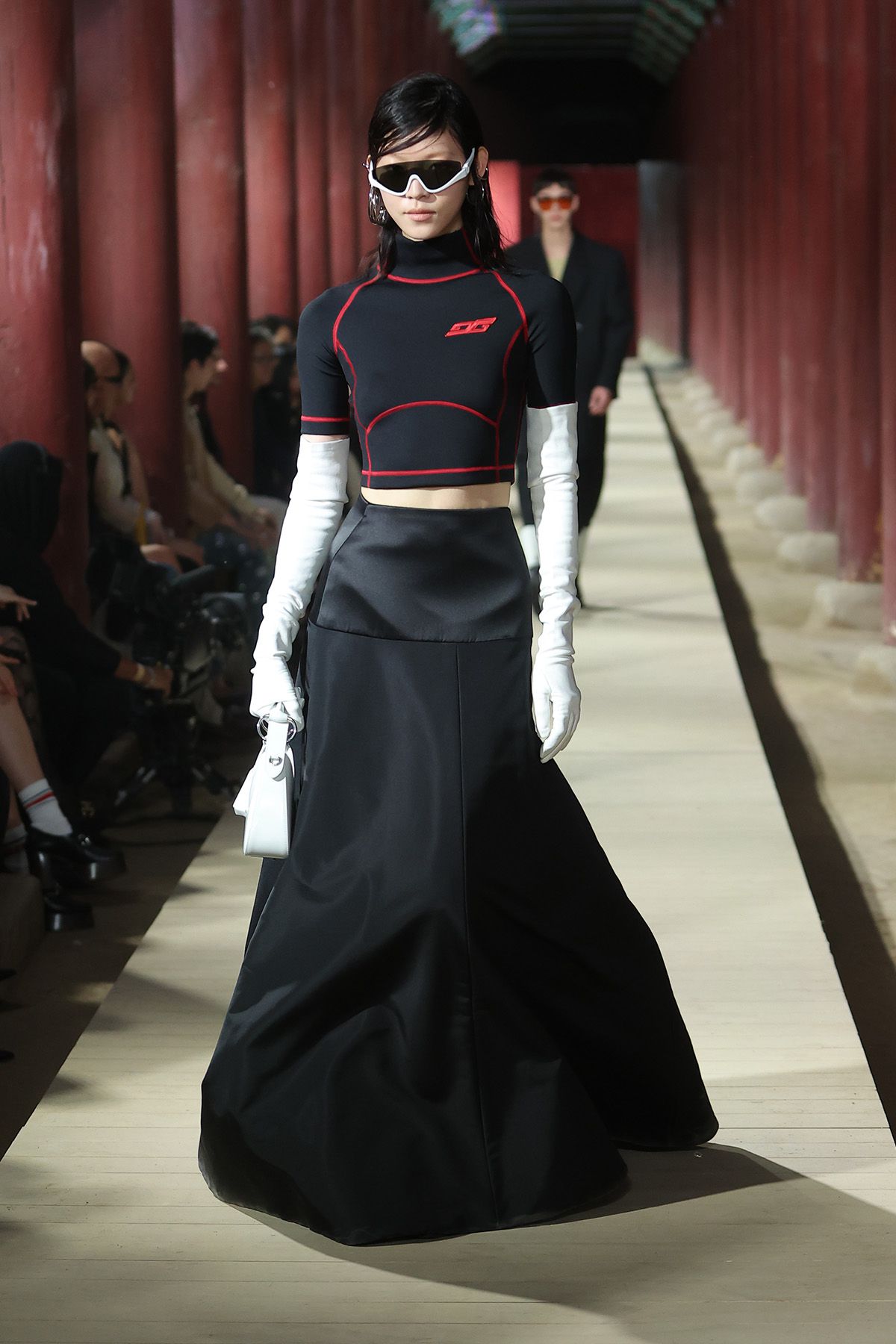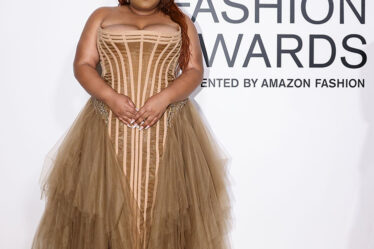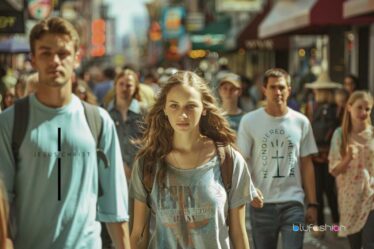
Baggy jeans, luxury handbags, K-pop heart-throbs and a 14th-century palace starred in a lavish Gucci catwalk show that highlighted Seoul’s status as a centre of pop culture and a key battleground for luxury brands.
A famous Seoul backdrop and the strong influence of the city’s street style in the collection were the biggest fashion statements of the night. The 14th-century Gyeongbokgung Palace, the command post and fortress of the Josean dynasty, is symbolic of Korean power and pride.
The first fashion show to be held in its ceremonial courtyard reflects how South Korea’s rise to soft-power superpower has put this city at the heart of the fashion industry — and that Gucci, which entered the South Korean market 25 years ago with the opening of a boutique in Seoul, is keen to maintain its high profile.
South Koreans spend an average of $325 (£260) on luxury goods each year, the highest per capita of any country, according to research by Morgan Stanley investment bank.
Even more significant for brands is the halo effect of association with Korean culture. The rise of K-fashion follows K-pop and K-drama, as the country’s culture-first approach to world domination continues to shape the 21st century.
Netflix recently announced a $2.5bn investment in Korean-language content, with the chief executive, Ted Sarandos, saying South Korea “represents the cultural zeitgeist.”
Gucci, which has pledged an undisclosed donation for the restoration and preservation of a landmark also known as the Palace Greatly Blessed by Heaven, arrives in Seoul hot on the heels of Louis Vuitton, which collaborated with the Squid Game director, Hwang Dong-hyuk, for a show held on the city’s Jamsugyo Bridge last month.
The electrifying energy of South Korea was channelled into a collection that tipped its hat to contemporary and traditional South Korean dress. Bomber jackets and cargo pants were accessorised with the ultimate streetwear It-bag: a Gucci skateboard with a logoed laptop pouch tucked between the wheels.
In contrast, the empire-line, pebble-smooth curves silhouette of the traditional Korean hanbok were echoed in a scuba crop top worn with a high-waisted full maxi skirt.
For seven years until the sudden departure of the designer Alessandro Michele last year, Gucci set the style pace, championing of a gender-neutral and vintage-curious maximalist aesthetic which dramatically moved the fashion needle. An interregnum is in place until the new designer Sabato De Sarno, poached from the ultra-chic Valentino, will present his first collection this year. The collection shown in Seoul was a joint effort by the design studio.
Clues as to the direction Gucci may be heading could be taken from the nods to Tom Ford’s impressive reign at Gucci that were scattered through the show. Silk satin blouses, square-toed heels and minimalist horsebit clutches recalled his 1995 debut for the house.
Music came courtesy of Jung Jae-il, who composed the score for Parasite, the winner of Korean’s first Oscars, and Squid Game, while A$AP Rocky played at the afterparty.
The actor Dakota Johnson was joined in the front row by the Squid Game actor Lee Jung-jae. But the guest of honour was the brand ambassador Hanni of the girlband NewJeans, which recently set a K-pop record by reaching 1bn Spotify streams 219 days after the release of their first single. That Hanni’s NewJeans bandmates Minji, Danielle and Haerin have signed deals with Chanel, Burberry and Dior respectively reflects the might of K-pop as fashion currency.
By Jess Cartner-Morley



